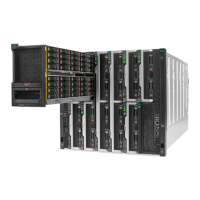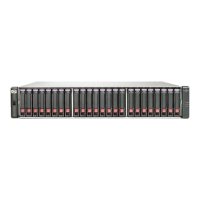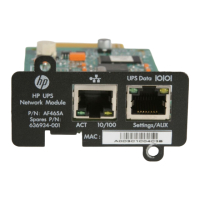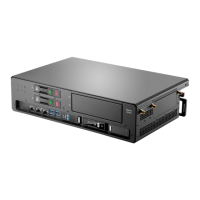In Group Attribute mode, a user’s accessibility to systems is determined by the group listing. For
console switch queries, the directory checks for a group that contains both the user and the KVM
switch. For server queries, the directory checks for a group that contains the user and the server or the
user and the switch. Table 3 shows how the group listing affects the ability of the user.
Table 3. User abilities in Group Attribute mode
System
configuration
Group attribute
Included in
group list
Ability of uer
Switch 1 providing KVM
connection to Servers A, B, C
KVM User
Switch 1
User A
User A can view list of all servers in
configuration but cannot access or view any
server.
Same as above KVM User
Switch 1
Server B
User A
User A can view list of all servers in
configuration but can access only Server B.
Same as above
KVM Appliance
Admin
User A
Server A
User A can access only Server A, not the
switch.
Same as above
KVM Appliance
Admin
User A
Switch 1
User A has full control of Switch 1 and can
access all connected servers.
Local KVM console operation
The local (out-of-band) KVM console attaches directly to the console switch using either PS/2 and
video cables or a USB adapter. The local KVM console uses the OSD application included in the
console switch firmware. Generally, only an IT administrator has access to a local KVM console.
Production and development servers can be locked so that remote access requires authorization.
Since local KVM consoles work out-of-band from LANs, they are not affected by network issues such
as network failures, security issues, denial-of-service events, or bandwidth problems (performance
degradation from high traffic). Local KVM consoles use the OSD application that resides in the
firmware of the console switch and therefore require no additional software.
A user can easily access the OSD application from the local keyboard. The OSD main dialog box
allows the user to view, configure, and control attached servers. The desired commands are executed
using the mouse pointer, Tab, or Arrow keys and the Enter key. Four pre-defined, user-selectable
keystrokes can be used to invoke the OSD. The user can set these keystrokes through the OSD menu.

